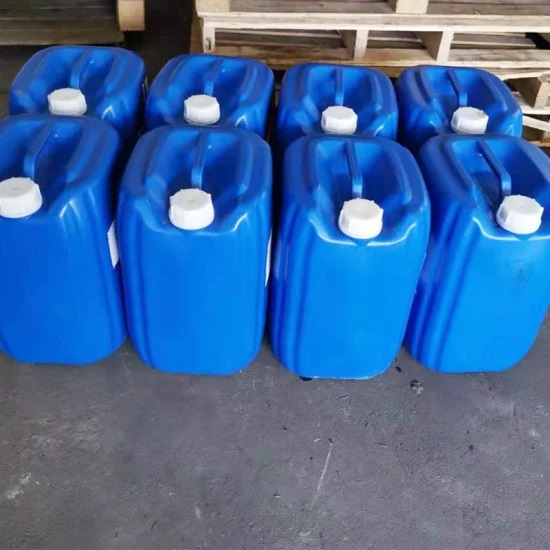|
 |
| |
Lactic Acid Liquid
Lactic acid is also called alpha-hydroxypropanoic acid (2-hydroxypropanoic acid), wchich means that it occurs in the form of two optical isomers. It is formed in muscles and red blood cells as a result of intense physical training. It is also found in sour milk, which is where its name comes from. Lactic acid is an organic acid formed as a by-product of bacterial fermentation of sugar, cornstarch or milk whey.
|
Items
|
Specifications
|
|
Appearance
|
Colorless to light yellow liquid
|
|
Density (20ºC) (g/ml)
|
1.18-1.19
|
|
Chroma (hazen)
|
Max 70
|
|
Content of lactic acid (%)
|
Min80.0
|
|
Purity (%)
|
Min 97
|
|
Fe (ppm)
|
Max 10
|
|
Calcium (ppm)
|
Max 10
|
|
Chloride (ppm)
|
Max 10
|
|
Heavy metal (pb) (ppm)
|
Max 10
|
|
Sulphate (%)
|
Max 10
|
|
Sulphated ash (%)
|
Max 0.1
|
|
Cyanide (ppm)
|
Max 5
|
|
Lead (ppm)
|
Max 0.5
|
|
Arsenic (ppm)
|
Max 1
|
|
Mercury (ppm)
|
Max 1
|
|
Reducing matter
|
Conforms
|
------------------------------------------------------------------------------------------------------------------------------------------
Applications
(1) One of the uses of Lactic Acid in food is baking, as it is used to acidify bread. When combined with baking powder, it leads to a reaction that releases carbon dioxide, which helps in the formation of bread.
(2) Lactic acid is also widely used in the dairy industry. It increases the stability and volume of butter, and is also added to dairy products as it speeds up their fermentation process.
(3) Lactic Acid is also used in beer brewing, more specifically in mashing and wort boiling, and also improves microbiological stability.
(4) Its preservative effect is also very important for other sectors, it is mainly used to preserve fruits, which facilitates their processing.
|
| |
|